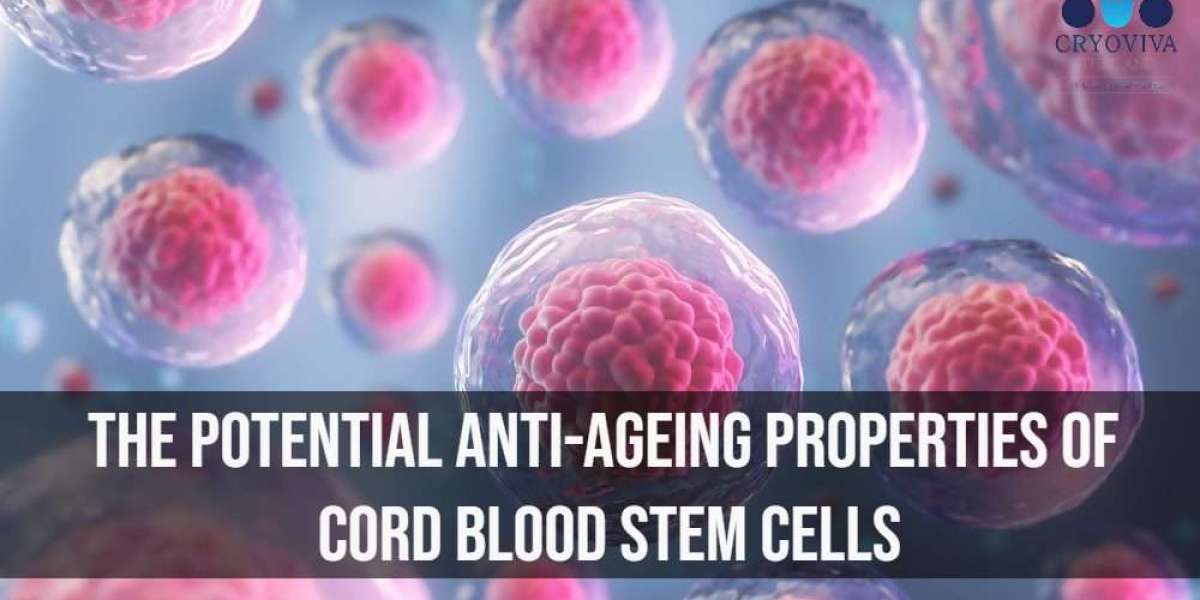Cord blood is present in the umbilical cord and placenta after birth. Cord blood contains stem cells, which are called cord blood stem cells. Stem cells are primitive cells distinguished by their capacity to differentiate into specialized cell types. Stem cells derived from umbilical cord blood are either multipotent, enabling them to differentiate into a restricted range of cell types, or pluripotent, enabling them to differentiate into any cell type.
As a result, using umbilical blood stem cells for stem cell therapy to treat various diseases and injuries has generated considerable interest. Cord blood stem cells are a valuable therapeutic resource for repairing damaged organs and tissues due to their regenerative properties. Future access to these stem cells for cutting-edge stem cell therapies that capitalize on their potential for differentiation is made possible through cord blood banking.
What is Cord Blood Banking?
Cord blood banking pertains to the procedure by which new parents store the umbilical cord blood of their newborn following birth. After delivery, umbilical cord and placental blood are collected, processed, and tested. The cord blood stem cells are cryogenically frozen in a cord blood bank for future use. For potential stem cell uses in the child’s future, many parents decide to store their newborn’s cord blood, which contains priceless stem cells.
If autologous stem cell transplants or treatments for age-related diseases are required for the donor, the banked cord blood may be utilized. Therefore, cord blood banking offers a significant stem cell reserve that helps in the future fight against age-related diseases and the consequences of aging.
What is the Anti-Ageing Potential of Cord Blood Stem Cells?
Cord blood stem cells show tremendous potential for anti-aging applications. Let’s look at these potentials one by one:
- Regenerative Properties
Research has shown that cord blood stem cells possess potent regenerative properties. These stem cells have the potential to heal damage at the cellular level due to their capacity to differentiate into diverse cell types. They can replace heart muscle cells after a heart attack, neurons harmed by dementia, and bone cells lost to osteoporosis. Their ability to regenerate enables them to treat age-related conditions effectively by substituting damaged cells with new, healthy ones.
- Slowing the Ageing Process
The advantages of stem cell therapy utilizing cord blood stem cells may go beyond treating specific diseases. Through the restoration of cellular injury in numerous organs and tissues, the baby stem cells may be capable of delaying the process of biological aging. Research suggests that they increase longevity by preserving the health and function of all tissues as we age. Maintaining optimal function of tissues and organs is a factor in extending healthy lifespans.
- Anti-Inflammatory Effects
Additionally, stem cells from cord blood may possess anti-inflammatory properties. There is a correlation between chronic inflammation and accelerated aging. The ability of stem cells to systematically reduce inflammation may contribute to anti-aging processes within the body.
Read more: https://shorturl.at/afAHX



